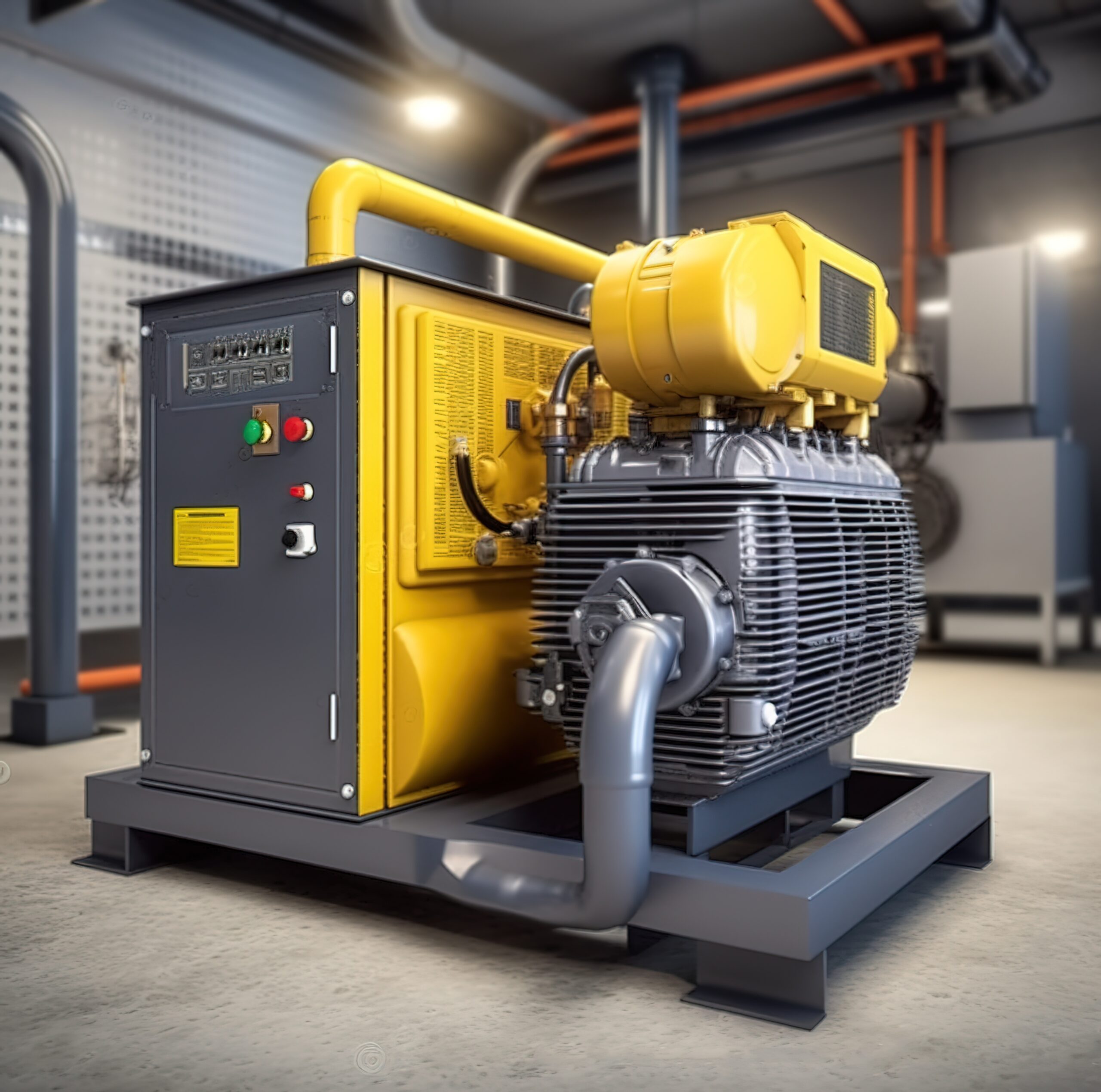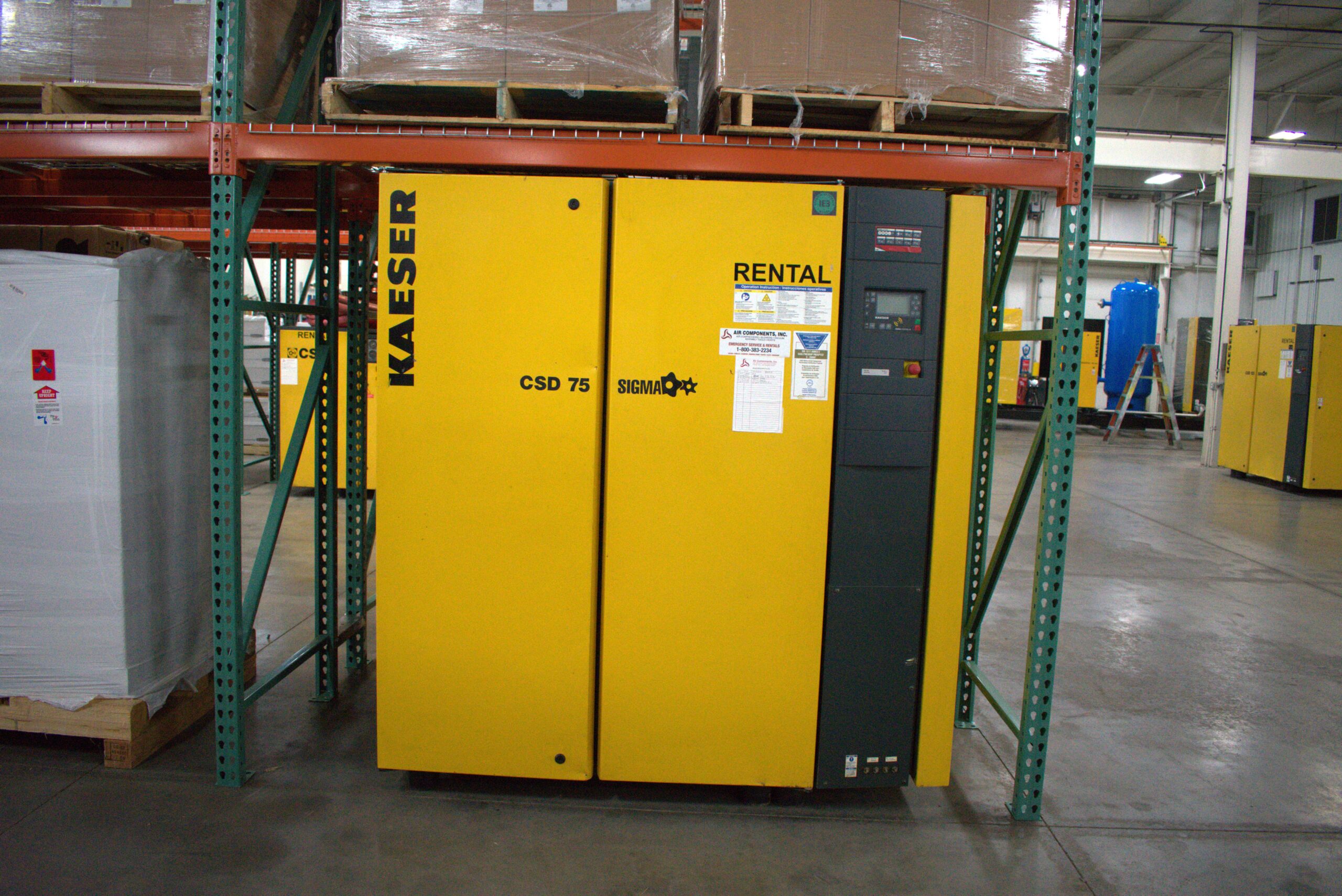
Compressed air equipment is essential for a wide range of industrial and commercial applications. Proper compressed air equipment maintenance is not just a matter of keeping your equipment running; it’s crucial for ensuring longevity and efficiency. Regular maintenance helps prevent breakdowns, reduces energy costs, and prolongs the life of your equipment.
Understanding Compressed Air Systems
Compressed air systems are complex, consisting of various components that work together to generate and deliver compressed air.
Key components include:
- Air Compressor: The core unit that compresses air.
- Air Dryer: Removes moisture from the compressed air.
- Air Filters: Clean the air before it reaches the tools or machinery.
- Air Receiver Tank: Stores compressed air and helps maintain consistent pressure.
- Pressure Regulators and Valves: Control and adjust the air pressure delivered to different parts of the system.
Understanding these components and their functions is essential for effective maintenance and troubleshooting.
Common Compressed Air Equipment Maintenance Tasks
Regular Cleaning and Inspection
Routine cleaning and inspection helps prevent dirt and debris from affecting your equipment’s performance. Check for signs of wear and tear and ensure all components are free from contaminants.
Lubrication and Filter Replacements
Lubricate moving parts as recommended by the manufacturer to reduce friction and prevent damage. Regularly replace air filters to ensure clean air flow and optimal performance.
Monitoring and Adjusting Pressure Levels
Keep an eye on pressure levels and adjust them as needed to maintain efficiency. Consistent pressure helps avoid overworking the compressor and reduces energy consumption.
Identifying and Repairing Leaks
Leaks can significantly impact system efficiency and increase energy costs. Regularly check for leaks in hoses, fittings, and connections, and repair them promptly to prevent further issues.
Best Practices for Compressed Air Equipment Maintenance
Creating a Maintenance Schedule
Develop a comprehensive maintenance schedule based on manufacturer recommendations and industry standards. Regular check-ups and servicing will keep your equipment in top condition.
Training Staff on Maintenance Procedures
Ensure your staff is trained in proper maintenance procedures and safety protocols. Knowledgeable personnel can perform routine tasks effectively and identify potential issues before they become serious problems.
Documenting Maintenance Activities
Keep detailed records of all maintenance activities, including dates, tasks performed, and any issues noted. This documentation helps track equipment performance and provides valuable information for future maintenance.
Engaging with Professional Service Providers
For complex maintenance tasks or when in doubt, consult with professional service providers. They can offer expert advice, perform advanced repairs, and ensure your equipment operates at peak efficiency.
Troubleshooting and Problem-Solving
Common Issues and Their Causes
- Reduced Air Pressure: Often caused by leaks or insufficient air supply.
- Excessive Noise: Can indicate worn bearings or other mechanical issues.
- Frequent Shutdowns: May be due to overheating or electrical problems.
Step-by-Step Troubleshooting Guide
- Identify the Problem: Determine the symptoms and potential causes.
- Check for Obvious Issues: Inspect for visible signs of damage or leaks.
- Consult the Manual: Refer to the equipment’s manual for specific troubleshooting steps.
- Test Components: Check individual components for proper operation.
When to Seek Professional Help
If troubleshooting does not resolve the issue or if you encounter complex problems, seek professional assistance. Expert technicians can diagnose and repair issues more efficiently.
Increasing Longevity and Efficiency
Upgrading Outdated Equipment
Consider upgrading to newer, more efficient equipment if your current system is outdated. Modern compressors and components offer improved performance and energy savings.
Implementing Energy-Saving Measures
Adopt energy-saving practices such as optimizing air pressure settings, reducing system leaks, and utilizing energy-efficient components to lower operational costs.
Monitoring and Optimizing Compressed Air Usage
Regularly review your compressed air usage to identify areas for improvement. Optimize the system to meet your needs without excess consumption.
Compressed Air Equipment Maintenance with Air Components
Effective maintenance of compressed air equipment is vital for ensuring longevity and efficiency. By following these best practices and addressing common issues promptly, you can keep your equipment running smoothly and avoid costly disruptions.

Contact Air Components
For expert advice and support in maintaining your compressed air systems, contact Air Components. Our team is ready to assist you with tailored solutions and professional services to keep your equipment in top shape. Reach out today to learn more!